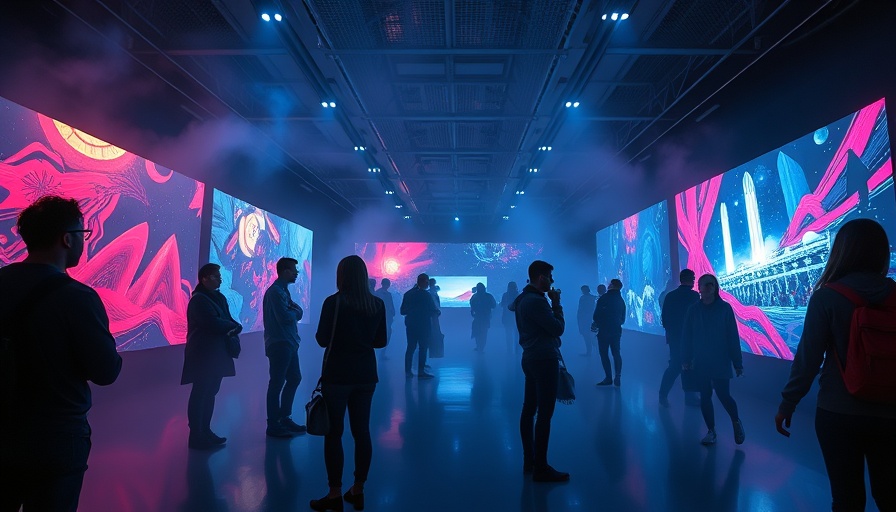
OpenAI's Ghibli Craze: Vanishing Magic
This week, OpenAI faced an unprecedented challenge as their image generation tool, ChatGPT, was overwhelmed by public enthusiasm for creating images inspired by Studio Ghibli. With millions flocking to the platform to generate captivating, Ghibli-style art in seconds, the internet buzzed with spirited creations of pets and personal memories alike.
The Rise and Fall of Ghibli Art Generation
Initially, the flood of creativity seemed limitless. Users could transform ordinary photographs into whimsical Ghibli-esque imagery, fueling a global trend that even drew CEO Sam Altman into its vibrant fanfare. He humorously acknowledged the phenomenon on social media, urging users to pause as his team struggled to keep up with the demand. However, as swiftly as the trend rose, it came crashing down when OpenAI tightened restrictions, limiting the ability to create these enchanting works.
Why the Shift to Open Source?
As the Ghibli craze faded, the community’s attention turned to open-source alternatives. Users are now seeking platforms that allow for more artistic freedom and flexibility, without the constraints imposed by corporate policies. Open-source models have become increasingly appealing, as they provide similar capabilities without the risk of sudden throttling or limitations. This shift highlights a growing frustration with the control over creative output in closed systems.
Looking Forward: The Future of AI Art Generation
As people navigate these new developments, it's essential to consider the implications of shifting towards open-source AI tools. While they may offer unparalleled creative autonomy, users must remain vigilant about the quality and reliability of these models. This evolution in the AI landscape offers a unique insight into how users adapt to corporate limitations, and it raises questions about the future of creativity in the age of Artificial Intelligence.
Join the Conversation
If you're interested in exploring open-source models that enhance your creative capabilities without the restrictions seen in corporate tools, it may be time to dive into this evolving trend. Understanding these changes not only empowers you as a creator but also connects you to a community redefining the boundaries of art and technology.
 Add Row
Add Row  Add Element
Add Element 



Write A Comment